Periodic limb movement disorder (PLMD) is a rare sleep disorder in which the legs and feet make periodic, repetitive movements in sleep. It is also sometimes present in the arms. The symptoms of PLMD or sleeping with someone with PLMD may be recognized as jerking movements or twitching of muscles. Sleep disturbances caused by PLMD can affect sleep patterns as well as cause restless legs syndrome and narcolepsy.
What is PLMD?
Periodic limb movement disorder, also known as PLMD, is a sleep disorder considered to affect 4% to 11% of the population. The lower limbs of people who suffer from PLMD jerk, cramp and twitch repetitively while they are sleeping. These periodic movements (PLMS) are called periodic limb movements (PLM) and last for up to an hour. Even if the person doesn’t awaken, the movements disrupt their sleep and cause daytime sleepiness and fatigue.
The sleep disorder may not be noticed by the individual who has sleep movements during sleep. The sufferer may feel excessively tired during the daytime or wake up in the middle of the night for no apparent reason. This will leave them believing they have insomnia. More commonly, the affected individual will be informed of the movements by a partner.
PLMD occurs at any age, although children are very rarely affected. The risk of RLS increase for a child with a parent who has RLS or sleep apnea. Over 45% of older adults display symptoms of PLMD, which increases with age. It affects women and men equally.
Read: Circadian Rhythm Sleep Disorder
Who gets periodic limb movement disorder (PLMD)?
PLMS is a condition in which individuals move their limbs periodically while asleep. In approximately 80% of cases of restless legs syndrome (RLS), this occurs. There are over 30% of people over the age of 65 suffer from periodic limb movement disorder and it can be asymptomatic. Narcolepsy and REM behavior disorder patients have a high incidence of PLMS, as do those with obstructive sleep apnea.
It is rare to find true PLMD, which is characterized by periodic limb movements in sleep that disrupt sleep and cannot be explained by another primary sleep disorder, including RLS.
Research has been less extensive than that on RLS. There is no exact estimate of the prevalence. The prevalence increases with age, but it can occur at any age. Gender appears to have no influence on PLMD, unlike RLS.
The same medical conditions that cause RLS also exist in PLMD. Some of these conditions include uremia, diabetes, iron deficiency, OSA, and spinal cord injury.
What causes PLMD?
There are two kinds of PLMD, primary and secondary. Primary means it appears on its own, and secondary means it’s caused by another disease. Scientists are still unsure of the cause of primary PLMD. The potential causes of spinal cord paralysis are either a lack of dopamine or improper communication between nerves.
If there is secondary PLMD, it may be due to:
- Diabetes
- Iron deficiency
- Caffeine use
- Traumatic spinal cord injury
- Uremia
- Anemia
- REM sleep behavior disorder, restless leg syndrome, sleep apnea and narcolepsy
- Disorders that affect the nervous system, such as attention deficit hyperactivity disorder (ADHD) and Willam’s syndrome
- Some medications have this effect, for instance tricyclic antidepressants, neuroleptics, antinausea drugs and lithium
- Withdrawal from barbiturates and benzodiazepines, among other sedatives
It occurs most frequently with RLS. PLMD may also co-occur with other sleep disorders. RLS and PLMD both affect 80 to 90 percent of people.
Because both conditions affect the legs, PLMD and RLS are often confused, but they’re not the same, and they have different diagnoses and treatments. People with RLS suffer symptoms while they are awake, while those with PLMS suffer symptoms while they are asleep. They also experience different physical sensations. There is an uncontrollable urge to move the legs to alleviate the discomfort associated with RLS. A person suffering from RLS experiences unpleasant sensations in their legs, such as tingling or crawling. Patients with PLMD experience repeated jerks or twitches of the legs, often without their knowledge.
Read: Nightmare Disorder
What are the symptoms of PLMD?
PLMD disorder is characterized by poor sleep, daytime sleepiness, frequent wakings, and rhythmic movement of one or both legs while sleeping. It also requires the following characteristics:
- Knee, ankle, or big toe bending, tightening or flexing one or both of their limbs
- The events typically happen during the first half of the night, during non-REM sleep
- Do this 15 times an hour at least, lasting two seconds at a time
Mild to severe leg movements can be experienced with PLMD, depending on the time of night. Additionally, upper arms and hips may be involved. The repetitive nature of the movement and their occurrence while sleeping set them apart from others.
How is PLMD diagnosed?
It is possible for people with PLMD to go years without being diagnosed. Often they are unaware that their sleep is affected. Their sleep partner is actually more likely to be disturbed by their movements. The periodic limb movement disorder symptoms usually become apparent once your sleep partner notices them or once the other symptoms, such as daytime sleepiness and fatigue, begin to impact your day-to-day life.
Get in touch with your doctor if you or your partner think that you have PLMD. You will be asked questions during your appointment to learn more about your sleep issues and determine whether they are connected to underlying issues, such as iron deficiency or diabetes. They will look at your medical history and family history, any medications you have been taking, and your current lifestyle and sleep habits. You may be asked for a urine or blood sample, or ordered to undergo additional tests, in order to rule out another condition.
Your doctor may refer you to a sleep specialist if your sleep partner describes leg movements that may indicate PLMD or a sleeping disorder. Typically, a sleep specialist will order a polysomnogram, which is an overnight sleep test. Sleep apnea can be ruled out by monitoring your breathing, leg movements, and other vital signs while you sleep. A diagnosis of PLMD may be given if your legs move 15 times per hour or more.
Read: Sleep Paralysis
What are the treatments for PLMD?
You may reduce secondary PLMD cases by addressing the underlying problem. Primary PLMD cannot be cured, but treatment can significantly improve sleep and relieve symptoms. A combination of lifestyle changes and medication may be needed to treat periodic limb movement disorder, depending on the severity of symptoms.
Lifestyle changes
PLMD cases that are mild to moderate may be helped by lifestyle changes that enhance their sleep, such as improvements in their sleep quality. Improve your diet. Consult your doctor if you are drinking too much caffeine or alcohol. They may also recommend meditation, yoga, deep breathing exercises, or other stress management techniques. Keeping regular bedtimes and establishing a bedtime routine can help improve sleep.
Medication
Doctors may prescribe medicine to help people with severe PLMS sleep through the attacks or reduce the attacks. Numerous medications that are prescribed for RLS are also used in these cases, such as benzodiazepines, melatonin, dopaminergic agents, gabapentin and GABA agonists. It has been proven that clonazepam reduces the number of leg movements a person experiences each hour.
Periodic limb movement disorder symptoms should be manageable with proper treatment. If you are experiencing sleep problems, talk to your doctor.
Read: Tips to Stop Restless Legs Syndrome
Outlook
PLMD is not a life-threatening disease. But an uninterrupted night’s rest is essential. You can ask your doctor if you need help sleeping at night if you have PLMD or if you can’t sleep well at night.
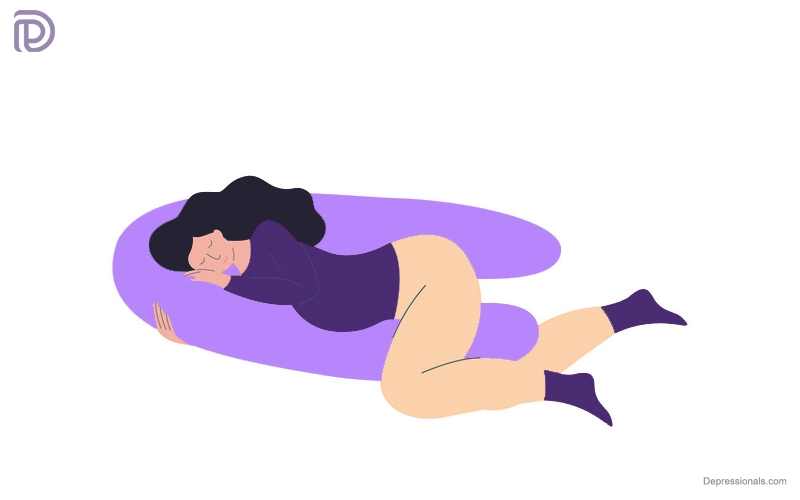
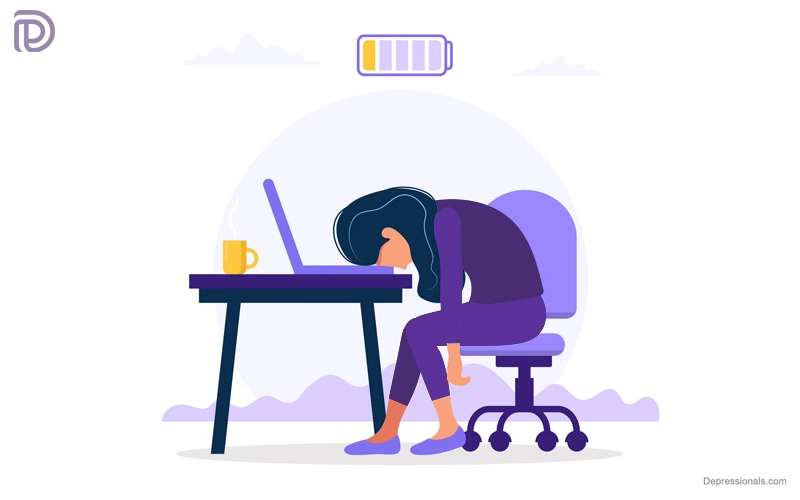
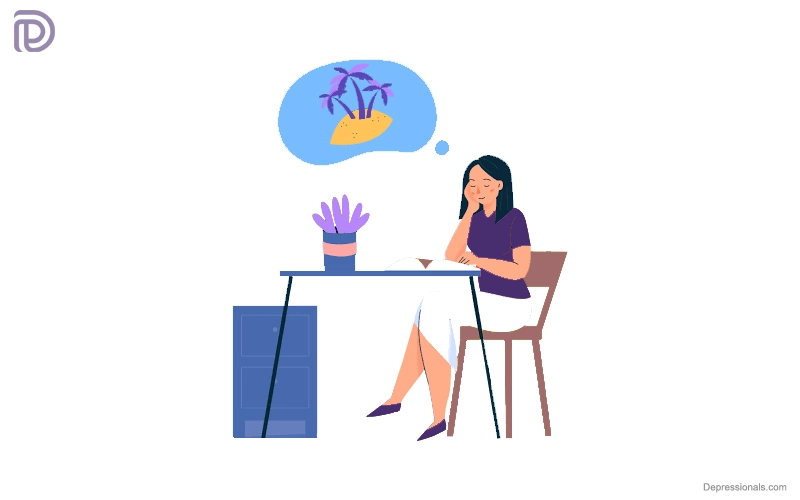
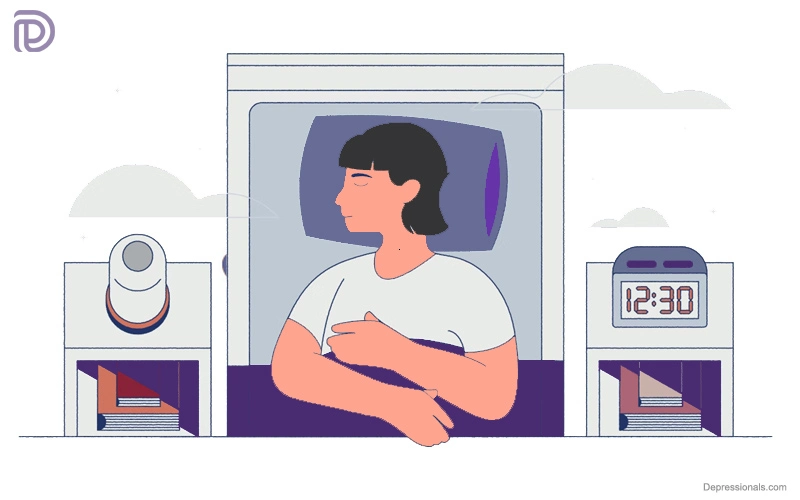
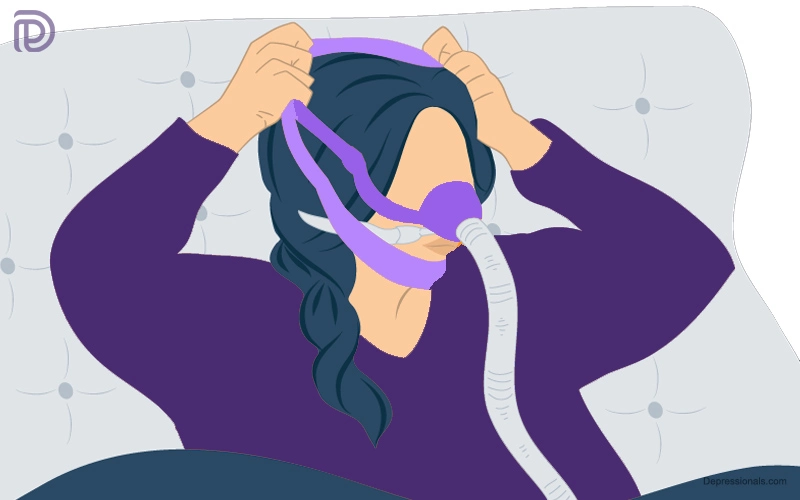

Hi, Neat post. There’s a problem with your web site in internet explorer, would test this… IE still is the market leader and a huge portion of people will miss your magnificent writing because of this problem.
Pretty nice post. I just stumbled upon your blog and wished to say that I’ve truly enjoyed browsing your blog posts. After all I’ll be subscribing to your rss feed and I hope you write again very soon!